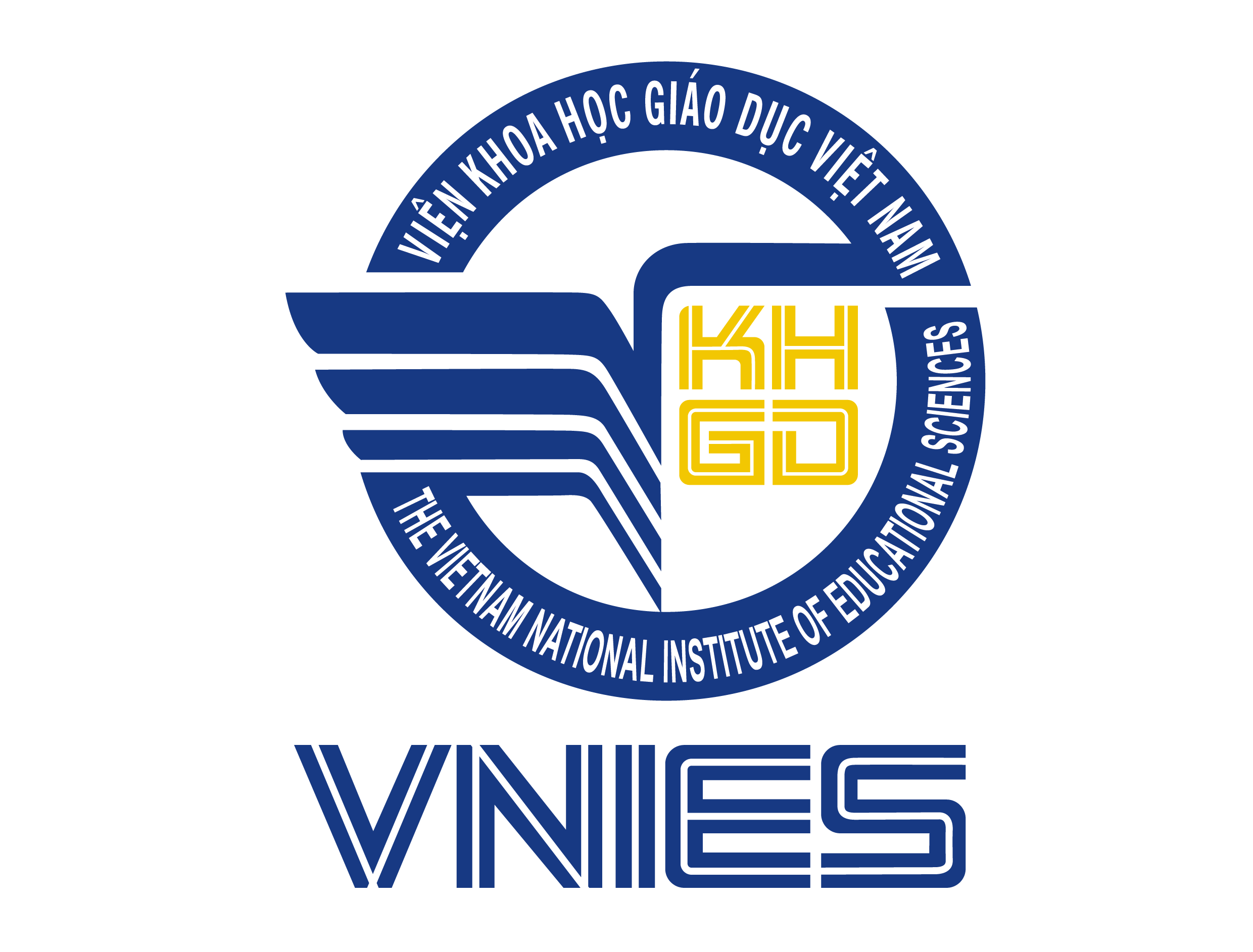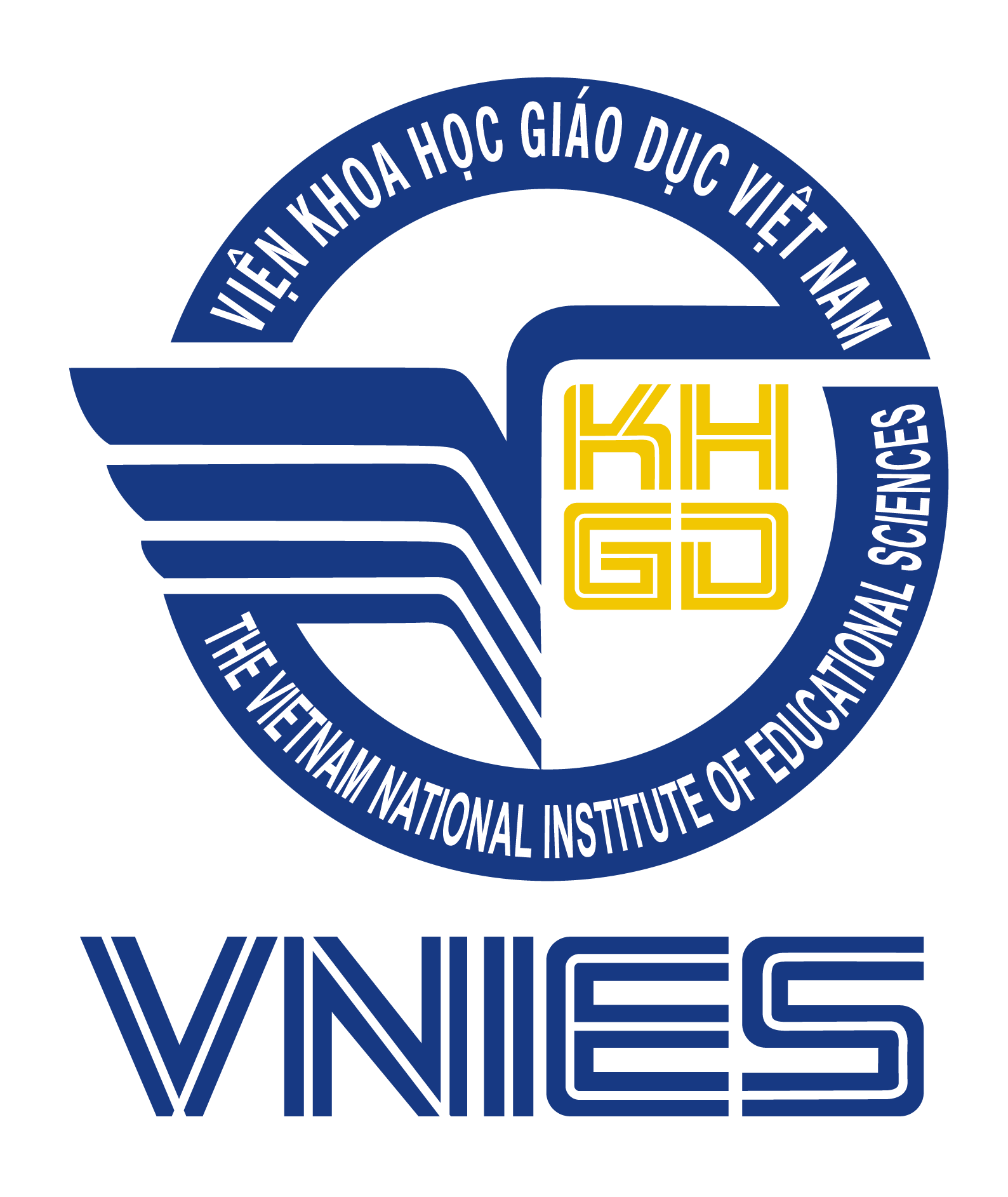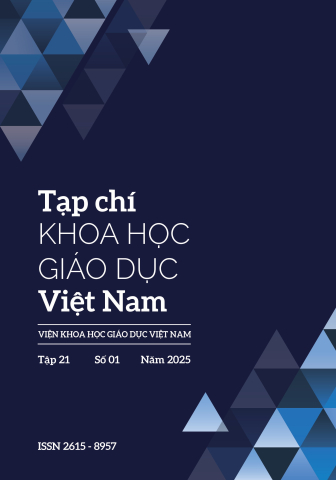[1] Bộ Giáo dục và Đào tạo. (3/2024). Báo cáo Hội nghị tuyển sinh đại học 2023, 2024.
[2] Đại học Quốc gia Hà Nội. (8/2024). Báo cáo Hội thảo Khảo thí, 2024.
[3] Jordan, J. E., Jr. (1996). A study of the correlation between grade point averages and Scholastic Aptitude Test scores at Tallwood High School 1995-1996. OTS Master’s Level Projects & Papers, 328.
[4] Kobrin, J. L., Patterson, B. F., Shaw, E. J., Mattern, K. D., & Barbuti, S. M. (2008). Validity of the SAT for predicting first-year college grade point average. College Board Research Report No. 2008-5.
[5] Kuncel, N. R., Credé, M., & Thomas, L. L. (2005). The validity of self-reported grade point average, class ranks, and test scores: A meta-analysis and review of the literature. Review of Educational Research, 75, 63–82.
[6] Nguyễn Bá Tiến và cộng sự. (2023). Nghiên cứu chuyển đổi điểm bài thi đánh giá năng lực của Đại học Quốc gia Hà Nội và Đại học Quốc gia Thành phố Hồ Chí Minh. Tạp chí Khoa học Giáo dục Việt Nam, 19(1), 9-14.
[7] Nguyễn Bá Tiến và cộng sự. (2024). Nghiên cứu mối tương quan điểm thi tốt nghiệp Toán, Văn, tiếng Anh với kết quả bài thi đánh giá năng lực của Đại học Quốc gia Hà Nội. Tạp chí Khoa học Giáo dục Việt Nam, 19(7), 1-5.
[8] Nguyễn Bá Tiến và cộng sự. (2025). Tương quan giữa khu vực tuyển sinh và giới tính với kết quả điểm bài thi đánh giá năng lực của Đại học Quốc gia Hà Nội. Tạp chí Khoa học Giáo dục Việt Nam, 21(3), 87-94.
[9] Paul, A. W., Jessica, P. M., Linda, Y., Helen, N., Doron, S., & Emily, J. S. (2019). Validity of the SAT for predicting first-year grades and retention to the second year. College Board Research Report No. 2019-5.
[10] Sackett, P. R., Borneman, M. J., & Connelly, B. S. (2008). High stakes testing in higher education and employment: Appraising the evidence for validity and fairness. American Psychologist, 63(4), 215-227.


